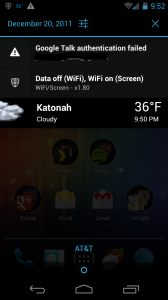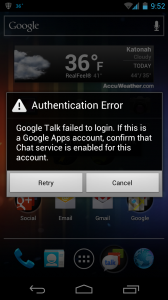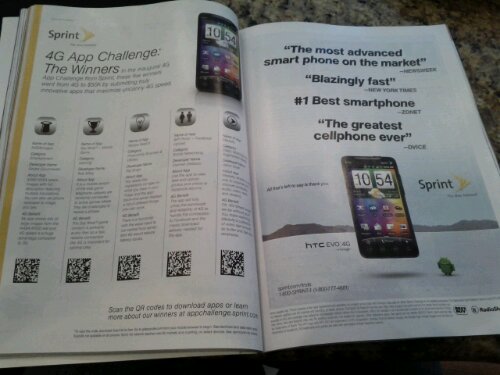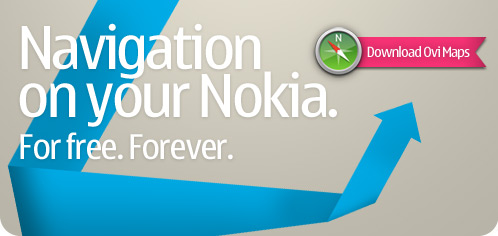An interesting post popped up at The Verge last night where Motorola’s Sanjay Jha starts to reveal that the Carriers are what’s driving so many variants of user experience on Android.
We also talked about OEMs’ perennial press to skin the operating system — a trend that looks poised to continue in Android 4.0 — which developed into a full-blown conversation about the conflict between the mythical “stock Android device” and the realities of business between manufacturers like Motorola and carriers. “Verizon and AT&T don’t want seven stock ICS devices on their shelves,” he said, insisting that he “has to make money” and that there simply isn’t a way to profit on a device that isn’t differentiated. “The vast majority of the changes we make to the OS are to meet the requirements that carriers have.”
There are a few considerations that come to mind for me… For starters, how about selling fewer devices? Part of the issue is trying to show you have a massive library of devices when I’d be willing to bet that 10-12 smartphones would be plenty (not counting storage differences in certain models like the iPhone). A quick look on the carrier sites at smartphones and I can see that Verizon offers 56, AT&T has 43, T-Mobile 34 and Sprint 38. (there are few extra with SKU nuances).
They don’t all sell all operating systems, nor do they really need to but using my quick ignorant math we can cut the number down drastically … iPhone (2), Android (5), Blackberry (2) and Windows Phone (3). Imagine walking into a store and being able to quickly decide on a platform and then quickly make a choice between a few key differences. Today that decision is challenged at best for the average consumer. We know the carriers force / suggest / demand that OEM’s rename their devices so that each service has a “unique” device even though they are exactly the same. This illusion of difference complicates things for the layperson and really just does a disservice to the industry. Carriers must obviously like this in the same way they keep our billing complex.
If we maintain something like my suggested shorter list, OEMs would need to start thinking about what features to highlight as differentiating (limited specs or perhaps custom apps / services) rather than simply how many devices can I possibly manufacture as if it’s some sort of arms race.
From a consumer side, the main things that seem to matter are: Can I do email / web? Can I do apps? Can I send pictures? Do I really need to sort through between of 38-56 devices to find a match when every single one of them can do all of those things?











